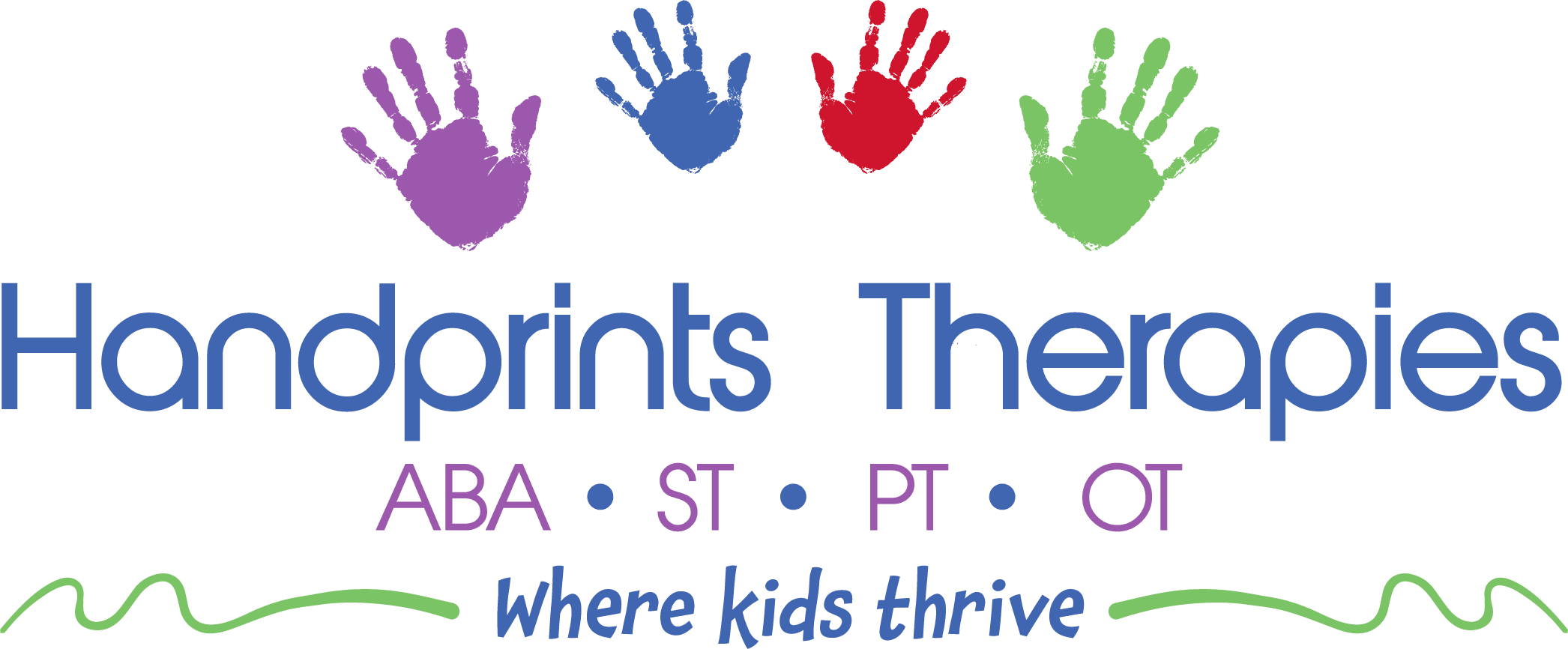Neurodiverse children need to see themselves reflected in the books they read. Exposure to stories about their experiences can impact their self-understanding and sense of self-worth. Books featuring main characters that children can relate to help validate their experiences and make them feel seen and heard.
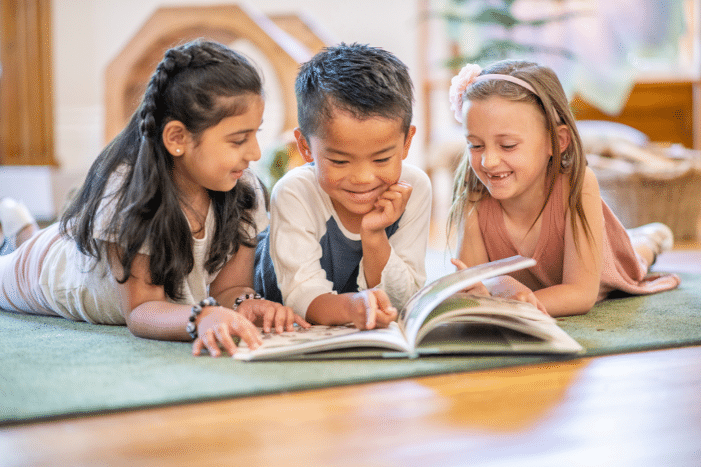
Children’s books exploring neurodiversity also teach children who are neurotypical to better understand and respect people’s differences. As children start to think more about how the world treats and views others, books help shape their way of thinking. These books help them learn to see things from other people’s perspectives and develop empathy.
By challenging stereotypes, books featuring neurodiverse main characters can also help teachers and parents teach children to have more compassion for those who look or act differently from them.
We’ve created a list of our top 10 favorite Children’s books that explore neurodiversity in a positive, insightful way!
About social skills and autism:
A Friend for Henry
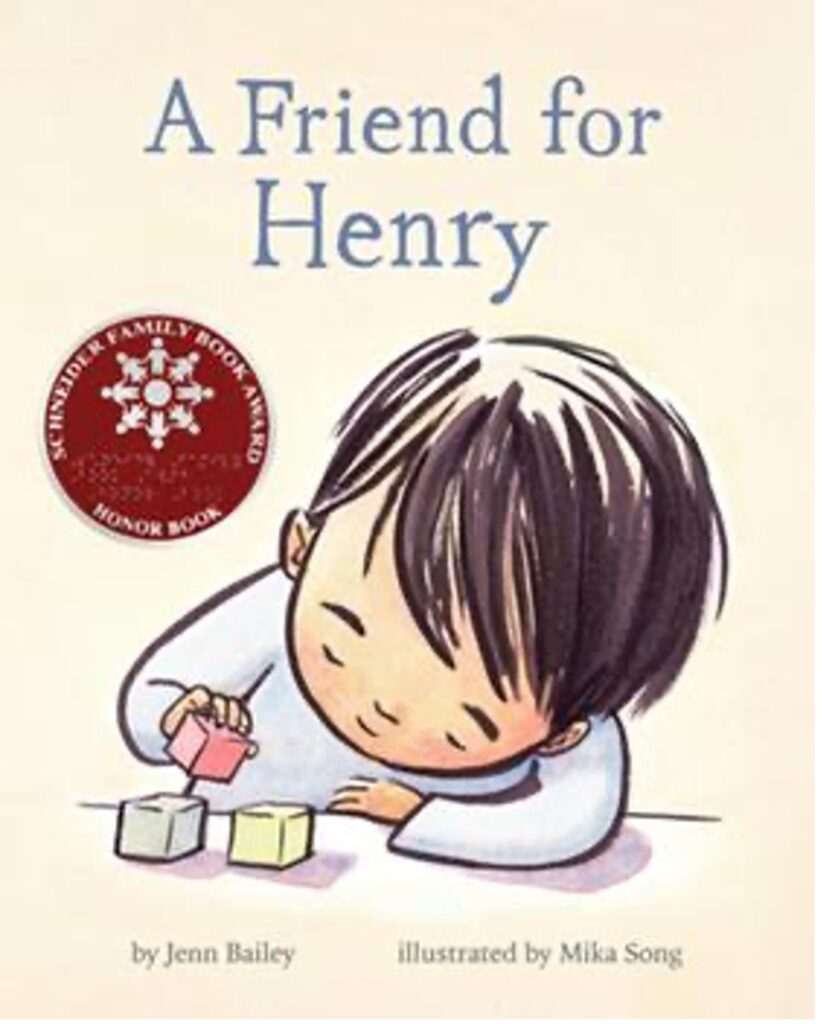
A Friend for Henry is a heartwarming story about friendship with calming, sensory-friendly illustrations. Henry has autism, and struggles to make friends due to his particular wants and needs. Despite this, he is able to find a classmate who shares many of his same traits. The book illustrates the struggles that come with being neurodiverse while celebrating these differences and fostering compassion.
Meesha Makes Friends
Meesha has a hard time with interpreting social cues because she sees the world differently. This makes it hard for her to make friends. However, she has a passion for creativity and making things, which allows her to connect with others in her own special way. This affectionate story about the joys and hardships of building friendships can help neurodiverse readers build their self-confidence.
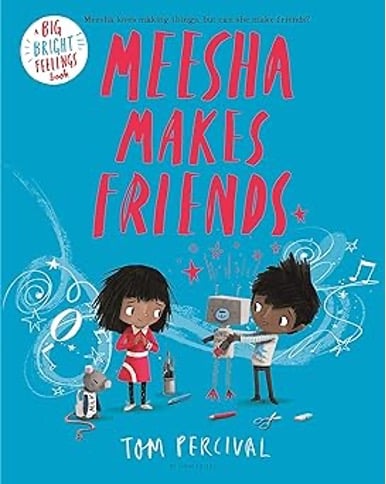
About sensory processing:
Don’t Hug Doug (He Doesn’t Like It)

Doug is relatable for children with sensory processing challenges, especially those who are sensory avoidant. Doug doesn’t want to be hugged because he thinks hugs are “too squeezy, too squashy, too squooshy, too smooshy”. Doug makes the decision himself about who gets to hug him and encourages others to ask before hugging someone. At the end, he even chooses to high five instead!
Wiggles, Stomps, and Squeezes Calm My Jitters Down
This story is for any child for whom wiggles, stomps, and squeezes helped satisfy their sensory needs. It is told from the perspective of a child with sensory challenges. Through beautiful illustrations, this book shows how it feels to go through the day with sensory needs. It validates the experiences of children with particular sensory experiences while explaining why they might sometimes behave differently. Wiggles, Stomps, and Squeezes Calm My Jitters Down re-frames behaviors that could be seen as disruptive in a creative, compassionate, and mind-opening way.
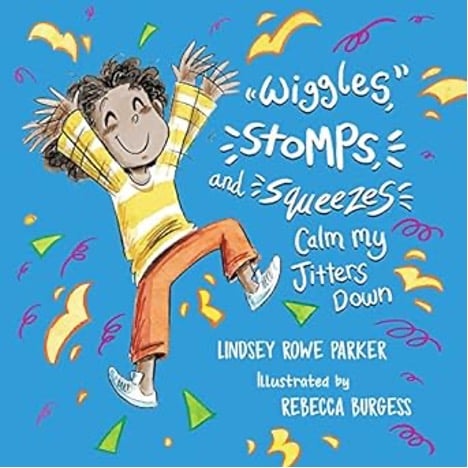
About food challenges and autism:
Nope. Never. Not for Me!
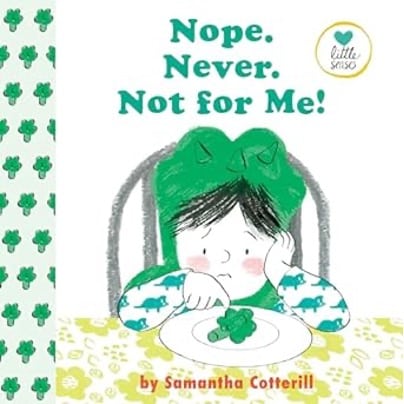
Although it is common for children to be picky eaters, children with autism or sensory issues can struggle more than usual with trying new foods. This story is about a child who refuses to try a bite of broccoli until she thoroughly investigates the new food. She looks, sniffs, touches, and finally takes one tiny bite. Suddenly broccoli became a lot less overwhelming!
About nonverbal communication:
Talking Is Not My Thing!
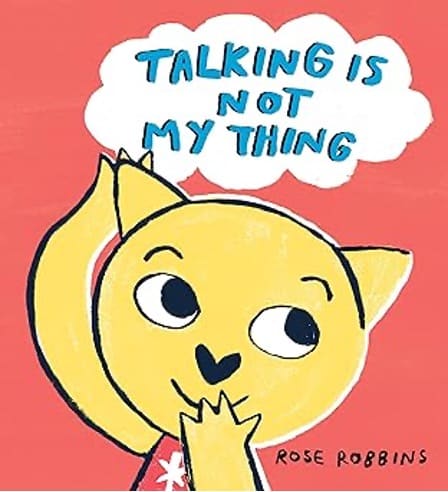
This little sister might not use words, but she’s got plenty to say! This energetic, brightly-colored book is narrated in thought bubbles and follows a day in the life of a nonverbal girl with autism and her brother. Although it is narrated by a girl who is nonverbal, she points out that speech isn’t the only way to communicate. She and her brother find different ways to communicate without talking such as using body language and gestures. Talking Is Not My Thing is a cheerful, heartwarming depiction of neurodiverse family life.
About autism from a sibling’s perspective:
Me and My Sister
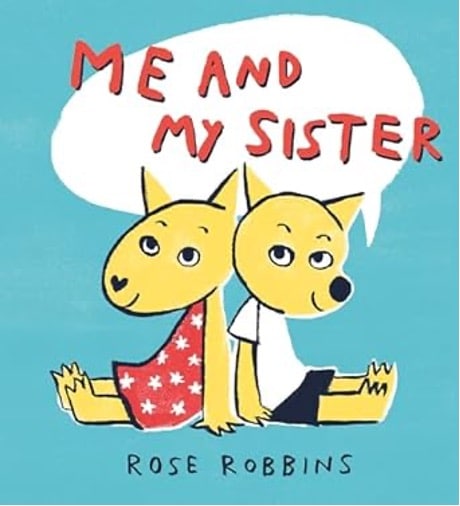
This book pairs nicely with Talking Is Not My Thing! but is told from the perspective of the brother as he shares moments with his autistic sister. Although his life with his differently abled sister is often challenging, we see that they love each other for both their similarities and differences. This is a heartfelt illustration of the positives and negatives of a sibling relationship based on the author’s own experience growing up with a sibling with autism.
About Dyspraxia:
You’re So Clumsy Charley

Charley shows traits associated with dyspraxia such as clumsiness. He frequently gets into trouble for doing things wrong which makes him feel different from other children and feel out of place at school. Once Charley learns that he is not the only child with these challenges, things start to look up for him. This story demonstrates how neurodiversity can come with its own strengths. It can also prompt discussions for parents and teachers to help classmates of children with learning difficulties understand their peers better.
About life through the eyes of a child with autism:
Through the Eyes of Me

This story narrated by Kya, a girl with autism, is a lovingly written tribute to the author’s autistic 4 year old daughter. It examines the world through her eyes and describes the things Kya enjoys such as running, spinning around, jumping, and sorting toys as well as the things she struggles with such as making eye contact, sitting still, and communicating with friends. Through the Eyes of Me serves as a gentle introduction into the world of autism and fosters a greater degree of understanding of those on the autism spectrum.
About stuttering:
I Talk Like A River
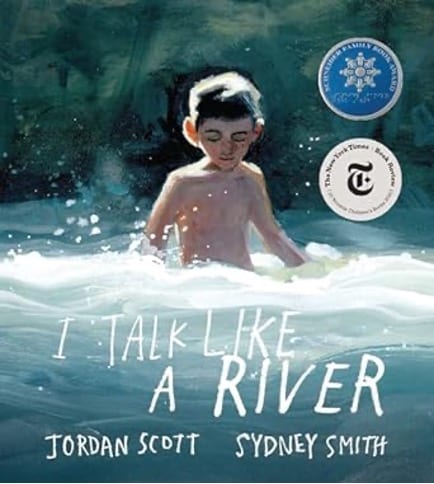
I Talk Like a River is a moving story about a young boy who feels isolated due to his stuttering. He goes about his days trying to avoid talking and dreading when his teachers call on him. One day, the boy’s dad takes him for a walk along the river. When his dad compares his talking to how the river’s water can bubble, churn, and crash but also become smooth and calm, this helps him feel better about his stuttering. The story promotes self-acceptance for readers that may struggle with similar issues and feelings of isolation.
Post by Lily Vesel
